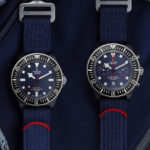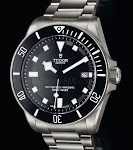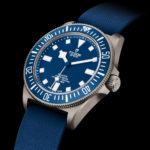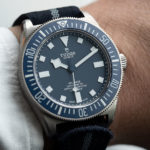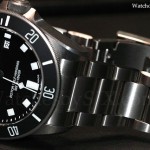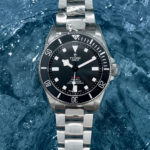Review: Tudor Pelagos FXD & Pelagos FXD Chrono “Alinghi Red Bull Racing”
Carbon-cased value propositions.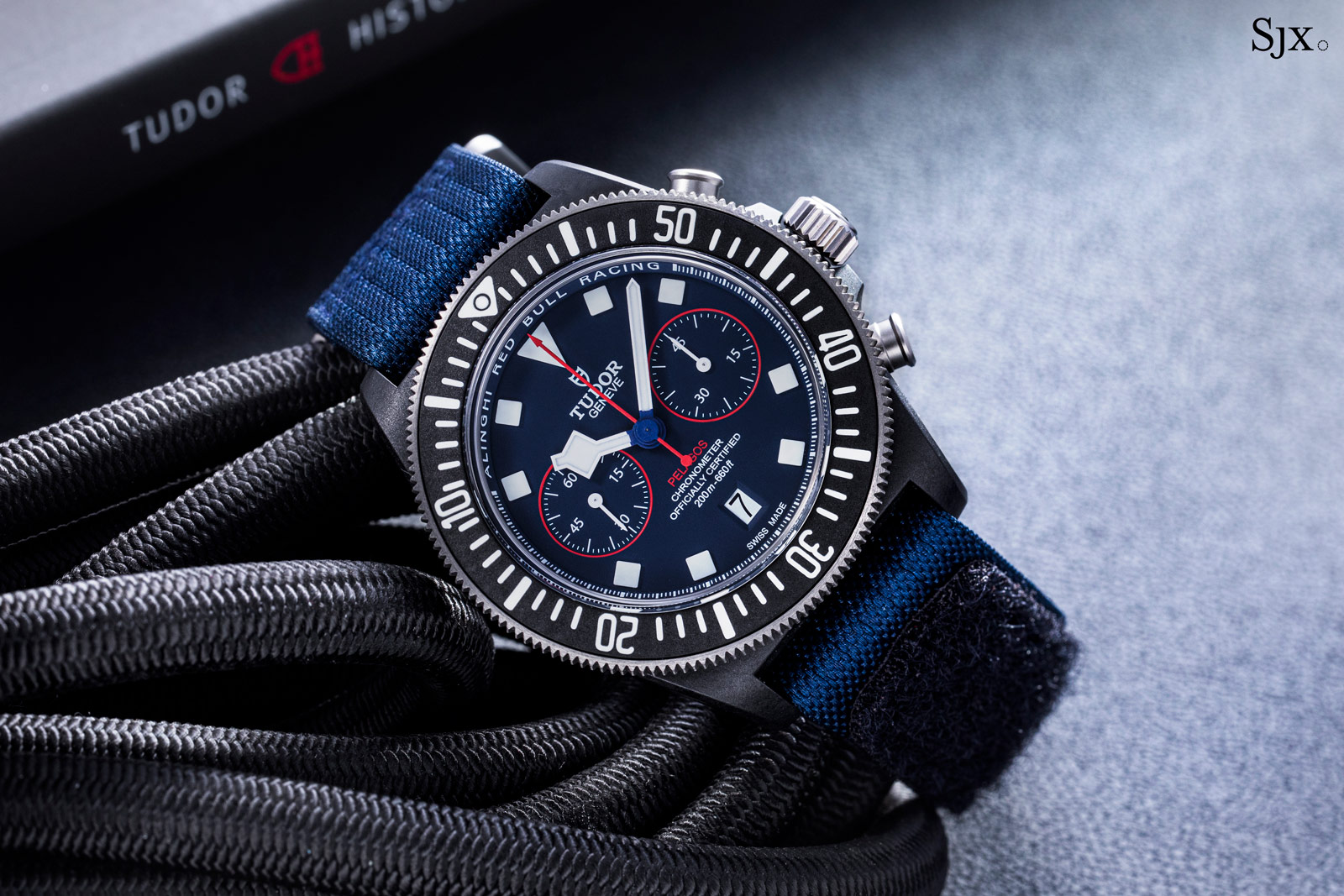
Having signed on as the sponsor for the Swiss syndicate competing in the 2024 America’s Cup, Tudor recently unveiled the Pelagos FXD “Alinghi Red Bull Racing” and Pelagos FXD Chrono “Alinghi Red Bull Racing”. Both watches have carbon composite cases – a first for Tudor – while the FXD Chrono is an entirely new model.
The two timepieces mark Tudor’s partnership with Alinghi Red Bull Racing, but are also official-issue watches for the team, so the crew of Alinghi are wearing either one of the two, both during training and as they challenge for the 37th America’s Cup taking place next year.
Key takeaways
- Both feel more solid than expected for carbon-composite cases, which is reassuring.
- The carbon composite cases have the same design and detail as their equivalent metal counterparts.
- The blue and black colour combination is unusual and takes some getting used to, while the branding on the flange is not apparent on the wrist.
- The value proposition is outstanding as expected for Tudor.
- The chronograph has an edge in terms of appeal due to its slightly better value proposition as well as the visual appeal of the complication matched with the Pelagos design.
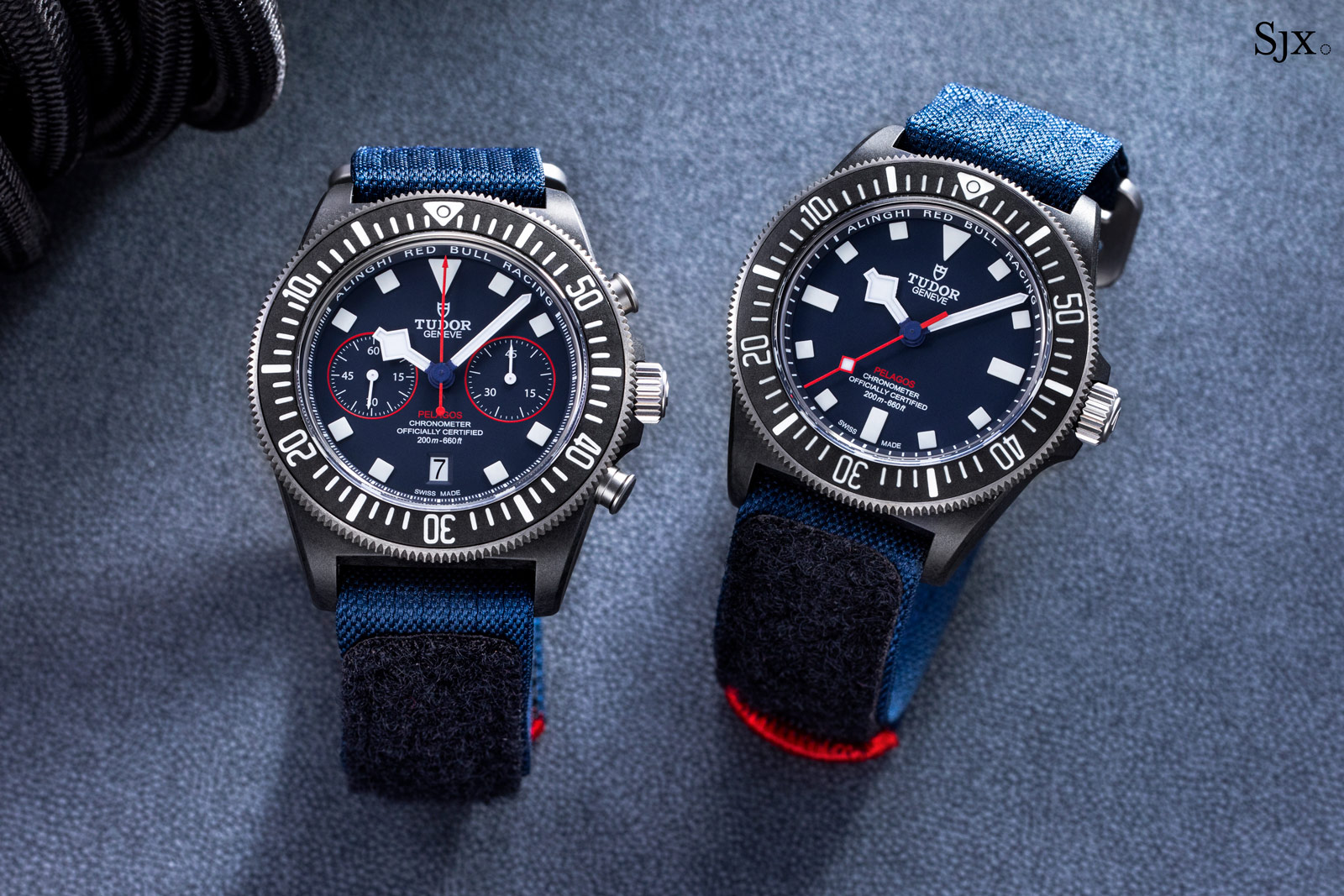
Pelagos FXD Chrono (left), and Pelagos FXD
Initial thoughts
Tudor watches usually look much as they do in photos, but the two Alinghi watches look quite different, and much better, in real life, particular in terms of dial colour.
The dial colour appears purplish in the stock images, but it’s a dark blue in real life. Black and blue is an unusual combination and not one that I typically appreciate. However, the two colours work well here and also make sense given the Alinghi itself is exactly the same colour. Still, I would have preferred a more conventional set of colours to dominate, for instance a black or red dial with blue accents.
The dial detail that doesn’t stand out to me, paradoxically, is the branding on the upper half of the flange. While it might seem obvious in photos, it isn’t apparent on the wrist due to the slope and narrowness of the flange.
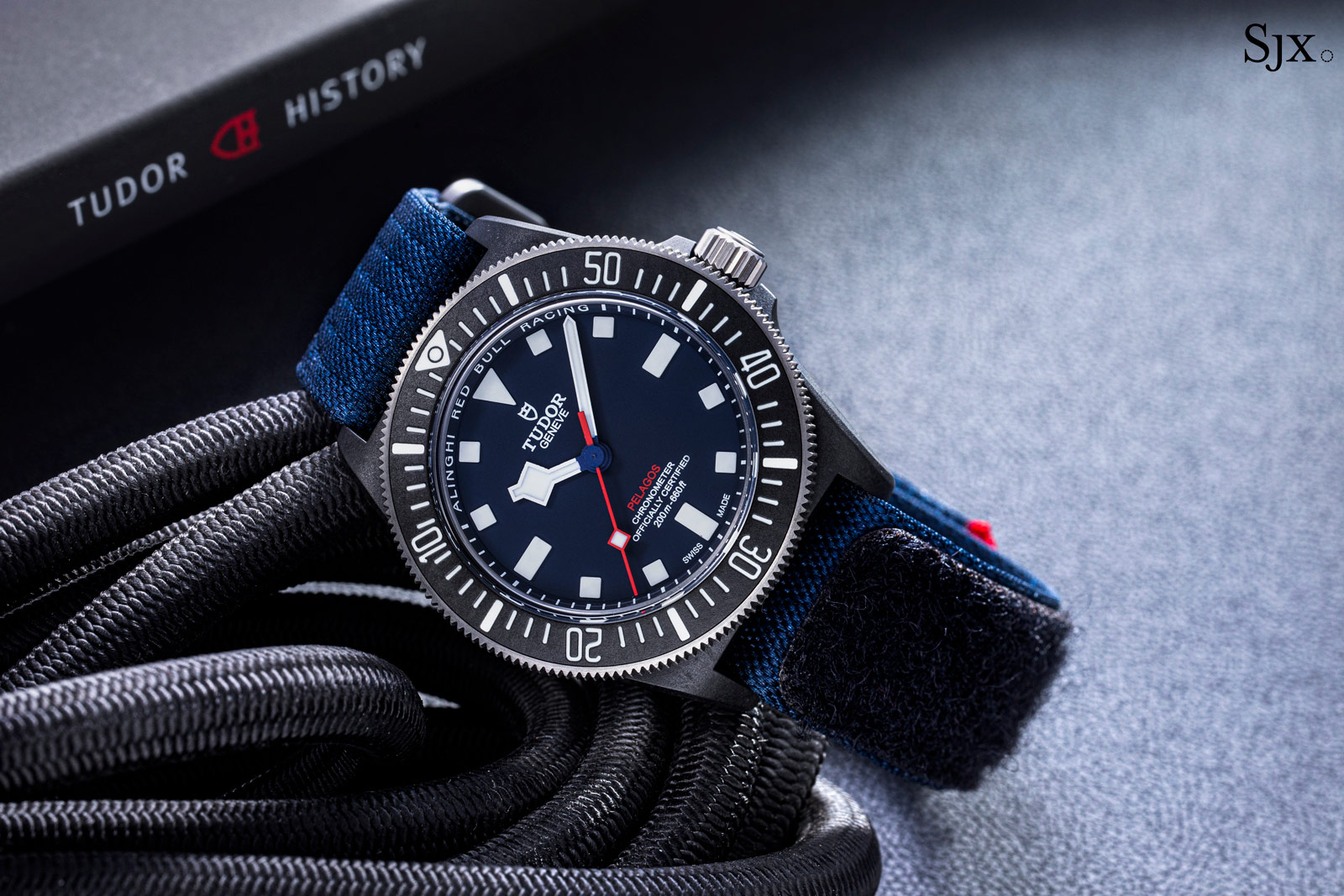
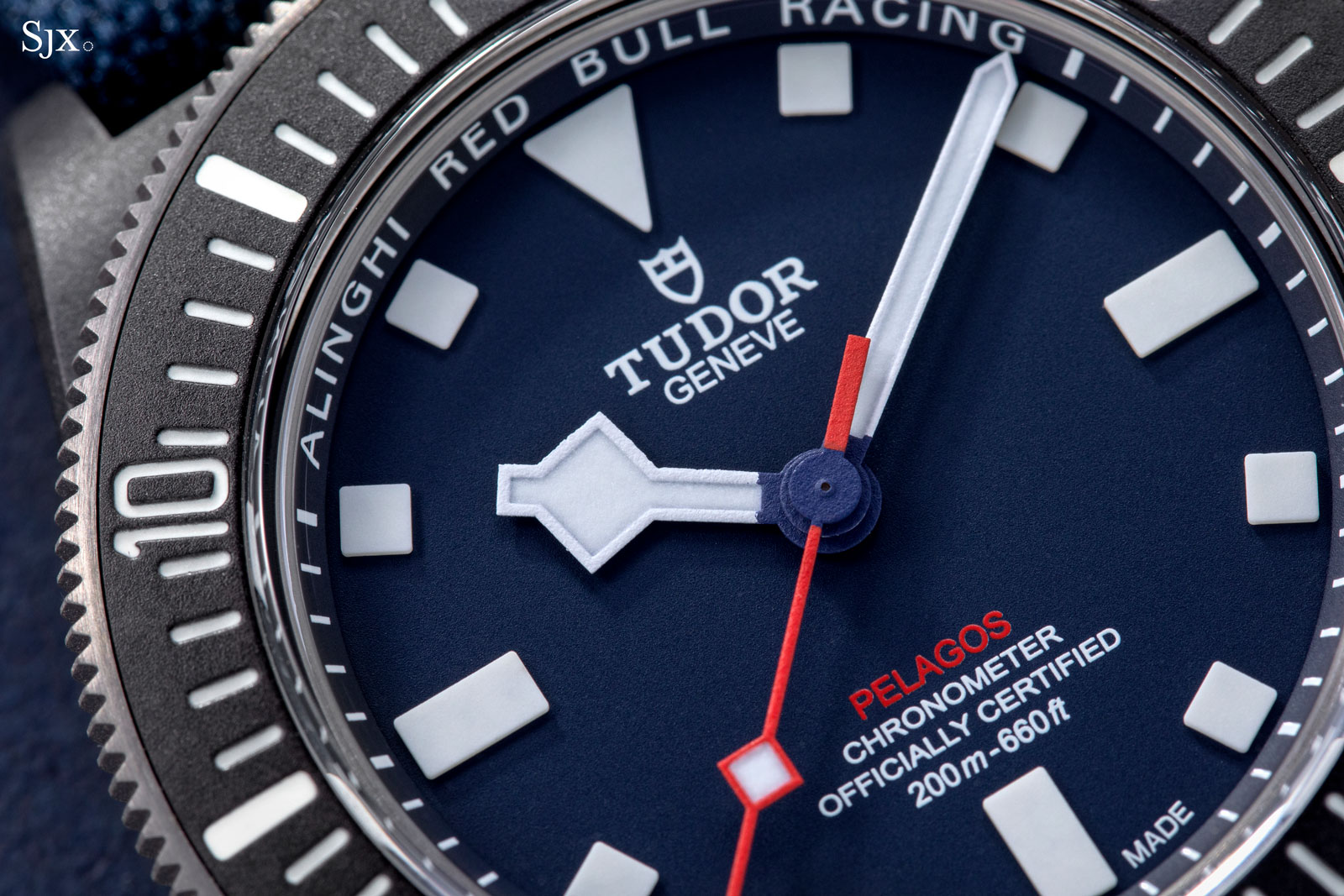
Both watches also do well in terms of tactile feel. It is usually a given that carbon composite cases are lightweight but the FXD and FXD Chrono have an unexpected heft. Both weight less than their steel-case equivalents, but still feel heavier than the composite case would imply. The weight is due to the metal case components and is reassuring.
Interestingly, the case doesn’t look like stereotypical carbon composite at a distance because it lacks the marbled or grained pattern synonymous with the material. This is either a pro or a con depending on one’s preferences, but I like it as it is.
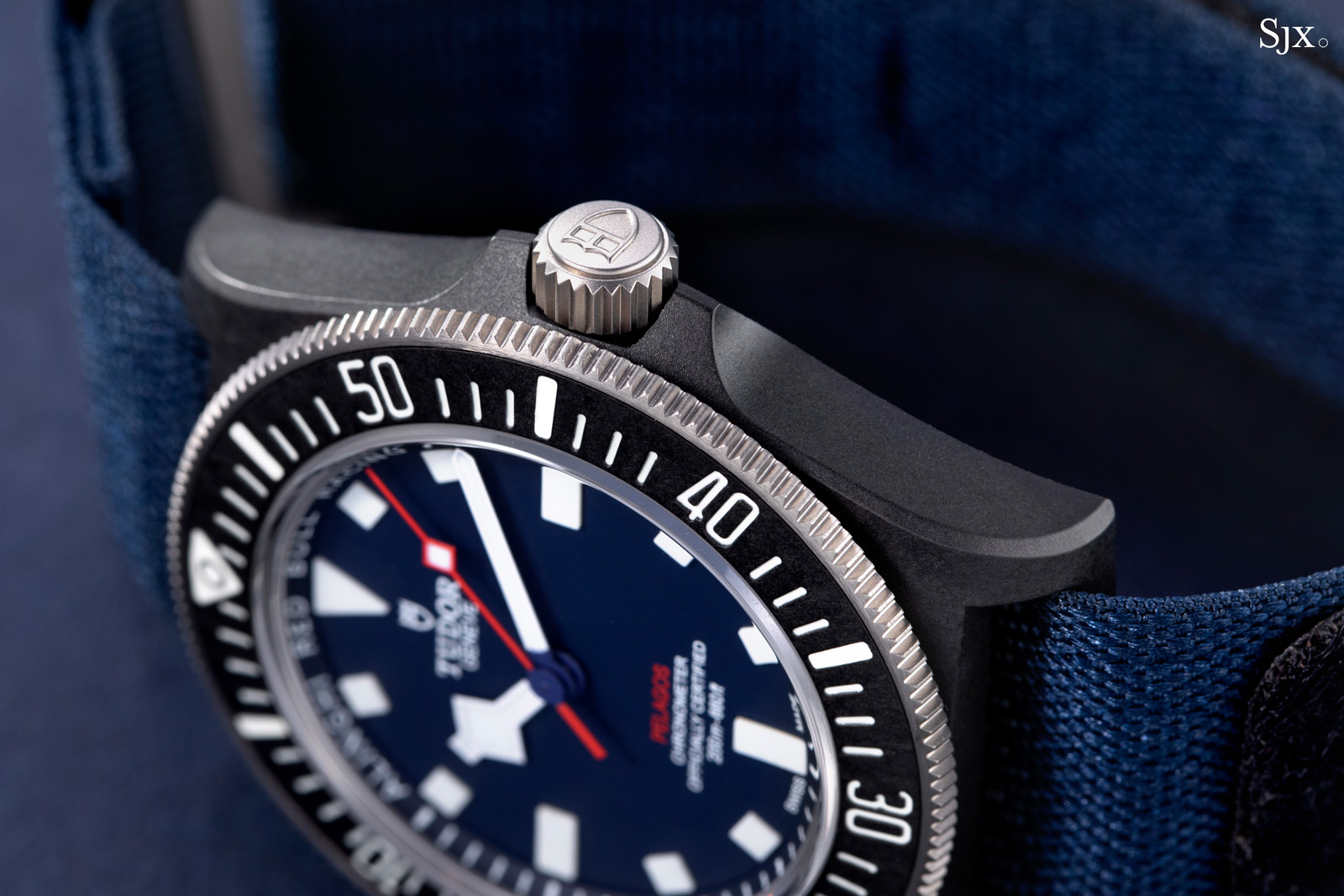
Though I was drawn to the time-only FXD when I first saw images of the pair, the chronograph instantly stood out more when I saw them in person. The complication makes sense in the context of the watch, and the addition of the chronograph feels like the completes the package.
At the same time, the chronograph doesn’t feel that much larger or heavier than the time-only, which makes it appealing in a relative sense since you get the additional functionality in largely the same package. But I do wish the date was left out of the chronograph, especially since the time-only FXD doesn’t have a date.
Both, however, are well priced in their respective segments. The FXD Chrono does have an edge in terms of value since it’s likely the only chronograph with a composite case and a movement of this quality at the US$5,000 mark.
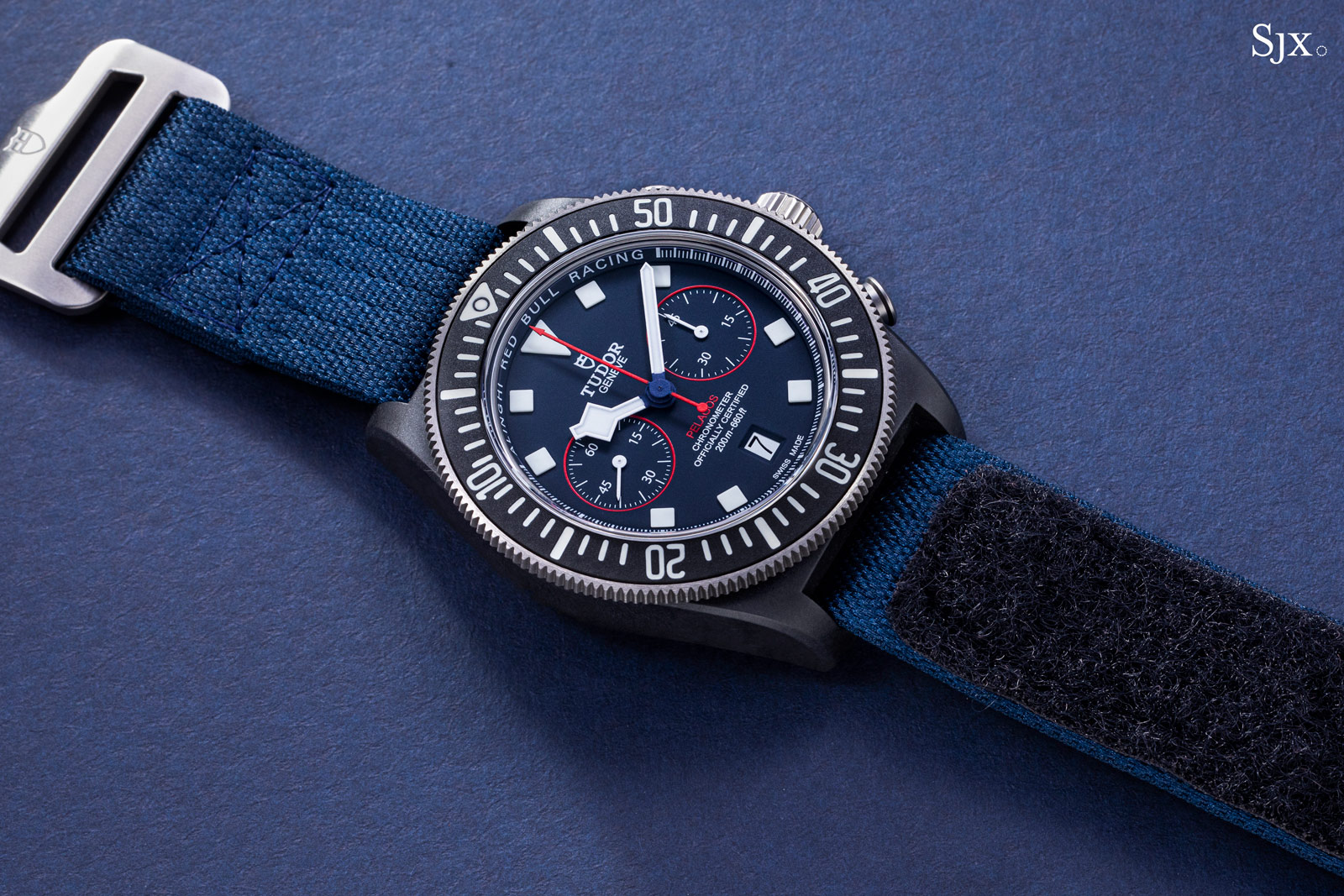
A Swiss sailing champion
Alinghi made history in 2003 when it won the 2003 America’s Cup, largely because it was a Swiss syndicate and Switzerland is a landlocked country. Founded by pharmaceutical heir Ernesto Bertarelli, Alinghi achieved the feat thanks to an international crew that included several New Zealand sailors who had won previous America’s Cups sailing for their home country.
Now known as Alinghi Red Bull Racing as a result of the energy drink maker’s sponsorship, Alinghi has been sponsored by a string of watch brands over the years. Its inaugural watch partner was Audemars Piguet, followed by Hublot, and most recently Omega.
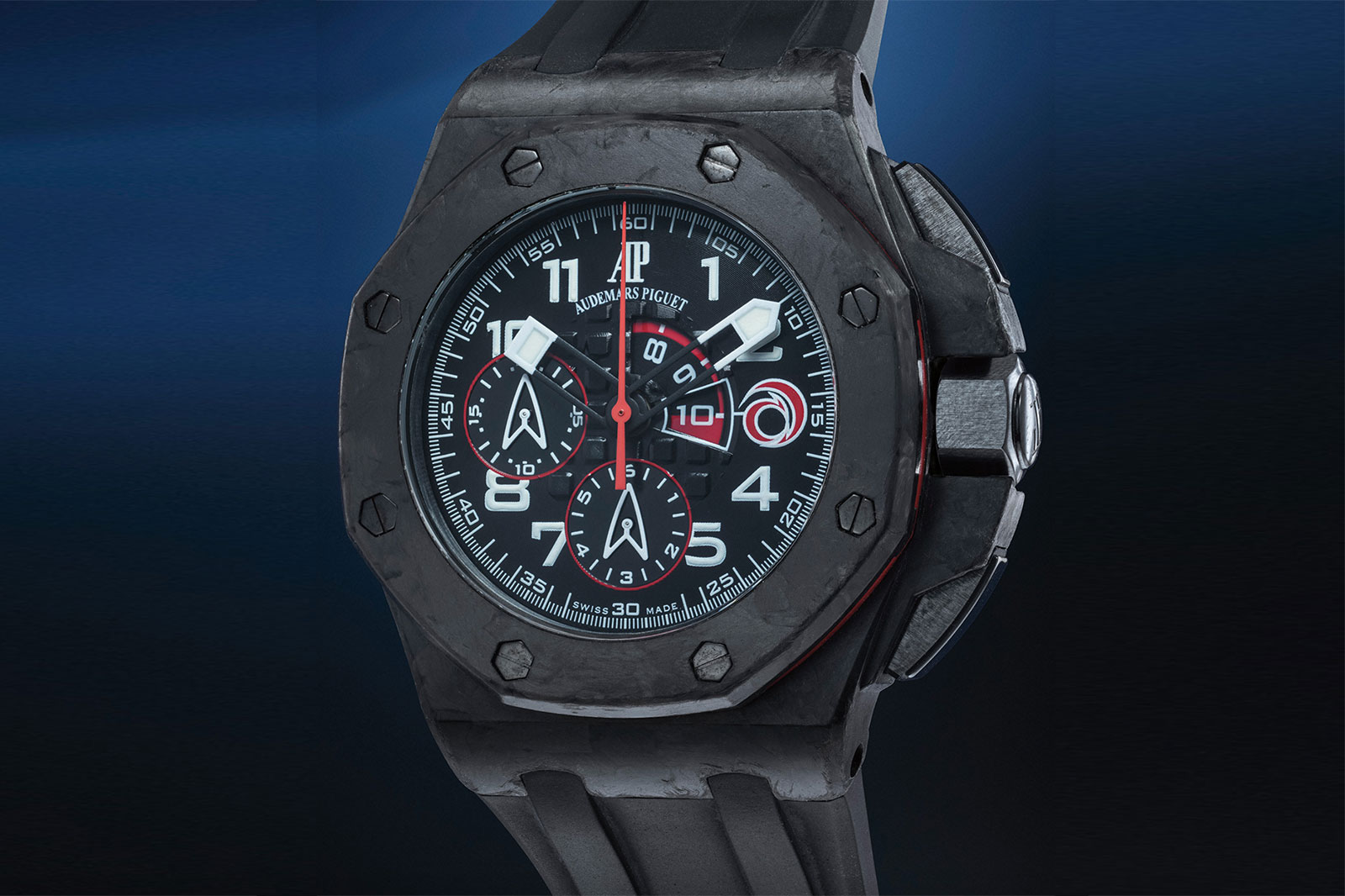
The prototype of the Royal Oak Offshore Team Alinghi that was originally owned by its designer, Octavio Garcia. Image – Phillips
The most notable Alinghi watches over the past two decades, in my opinion, are the Audemars Piguet Royal Oak Offshore Team Alinghi of 2007 – incidentally the first-ever watch with a carbon composite case – and the new Pelagos FXD duo also cased in the same material. These Alinghi watches are the most novel in terms of materials and designs, especially when compared to the respective regular-production equivalents.
The time-only FXD is based on the military-issue Pelagos FXD “Marine Nationale” that developed for the French navy. The FXD Chrono, on the other hand, is a new model. Both share fixed bars for the strap – FXD is short for “fixed” – that are stronger than conventional spring bars. Several historical military-issue dive watches, most famously the Rolex “Milsub”, sported fixed bars for that reason.
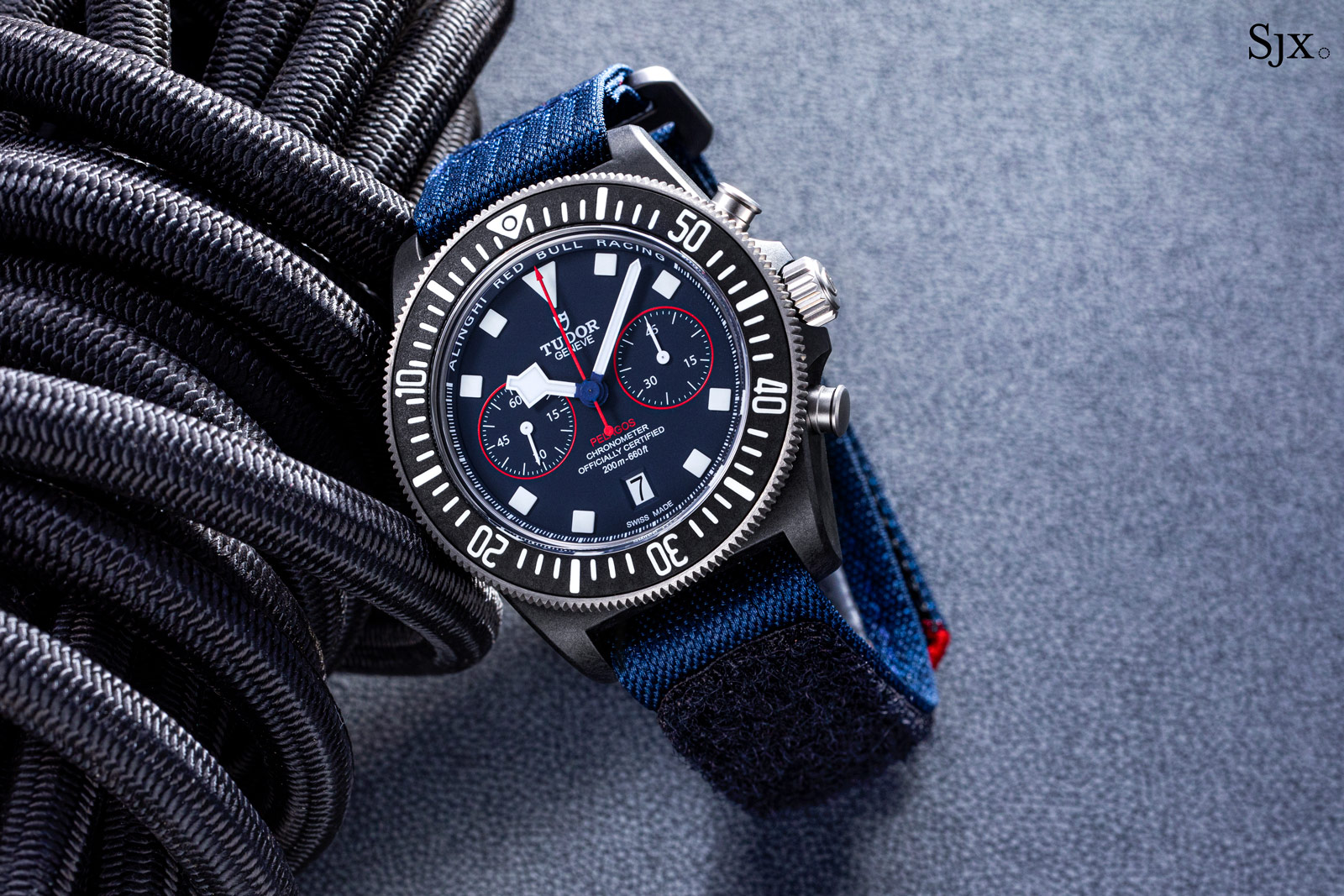
The FXD and FXD Chrono look and feel largely similar in the hand, though the chronograph is larger, at least on paper. The time-only FXD is 42 mm by 12.75 mm, while the chronograph is 43 mm by 13.6 mm. The difference between the two, however, is not discernible at a glance. Size and pushers aside, the cases are practically identical.
As a result, the FXD feels like a good-sized dive watch, but the chronograph feels fairly compact for a largish sports chronograph. The FXD Chrono looks and feels like the smallest chronograph Tudor makes, which is a significant point of appeal since the brand’s chronographs tend to be chunky.
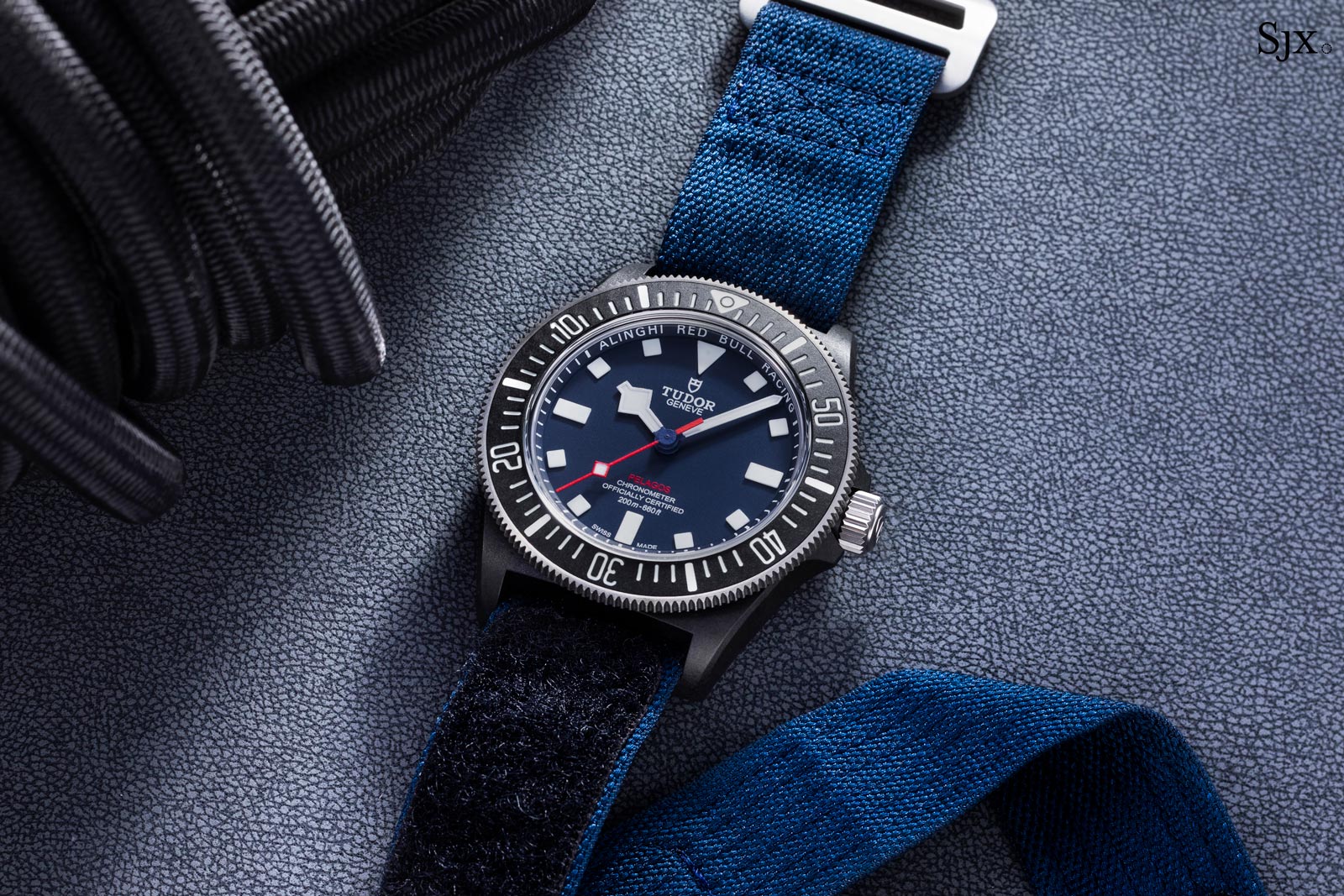
Carbon, titanium, and steel
The case is actually made up of three materials: carbon composite for the case middle and bezel insert, steel for the case back and inner ring, while the bezel and crown are titanium. According to Tudor, these are the same materials used for the Alinghi.
More accurately carbon fibre-reinforced polymer, carbon composite is actually a high-tech plastic strengthened by carbon fibres. The two are mixed and then baked in an oven-like device, resulting in a material that is light and strong (although brittle in certain aspects), making it ideal for the hull.
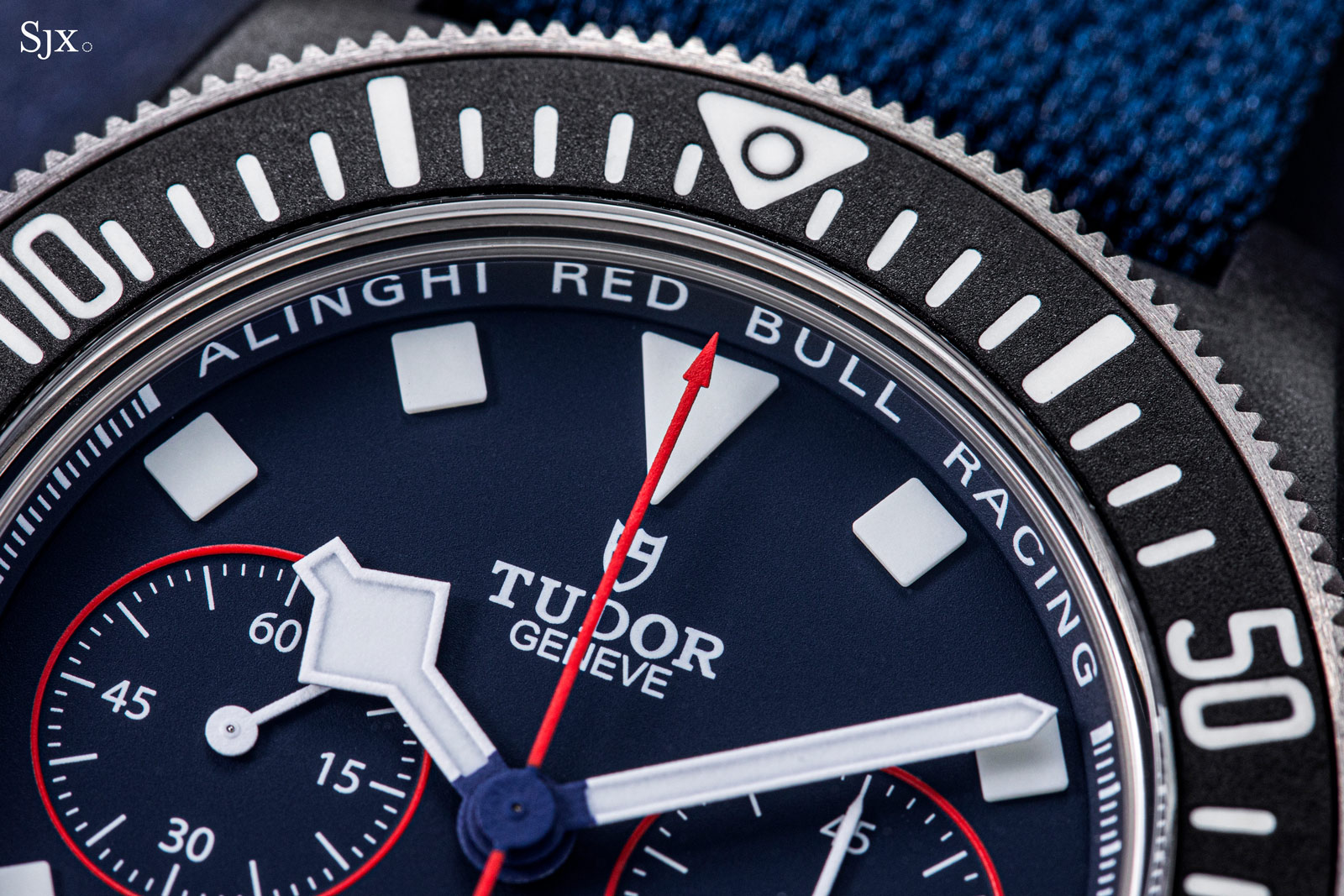
The bezel is similarly carbon composite
Because the material doesn’t take well to torsional force, the steel case back screws into a steel inner ring – the standard construction for a carbon-composite watch case.
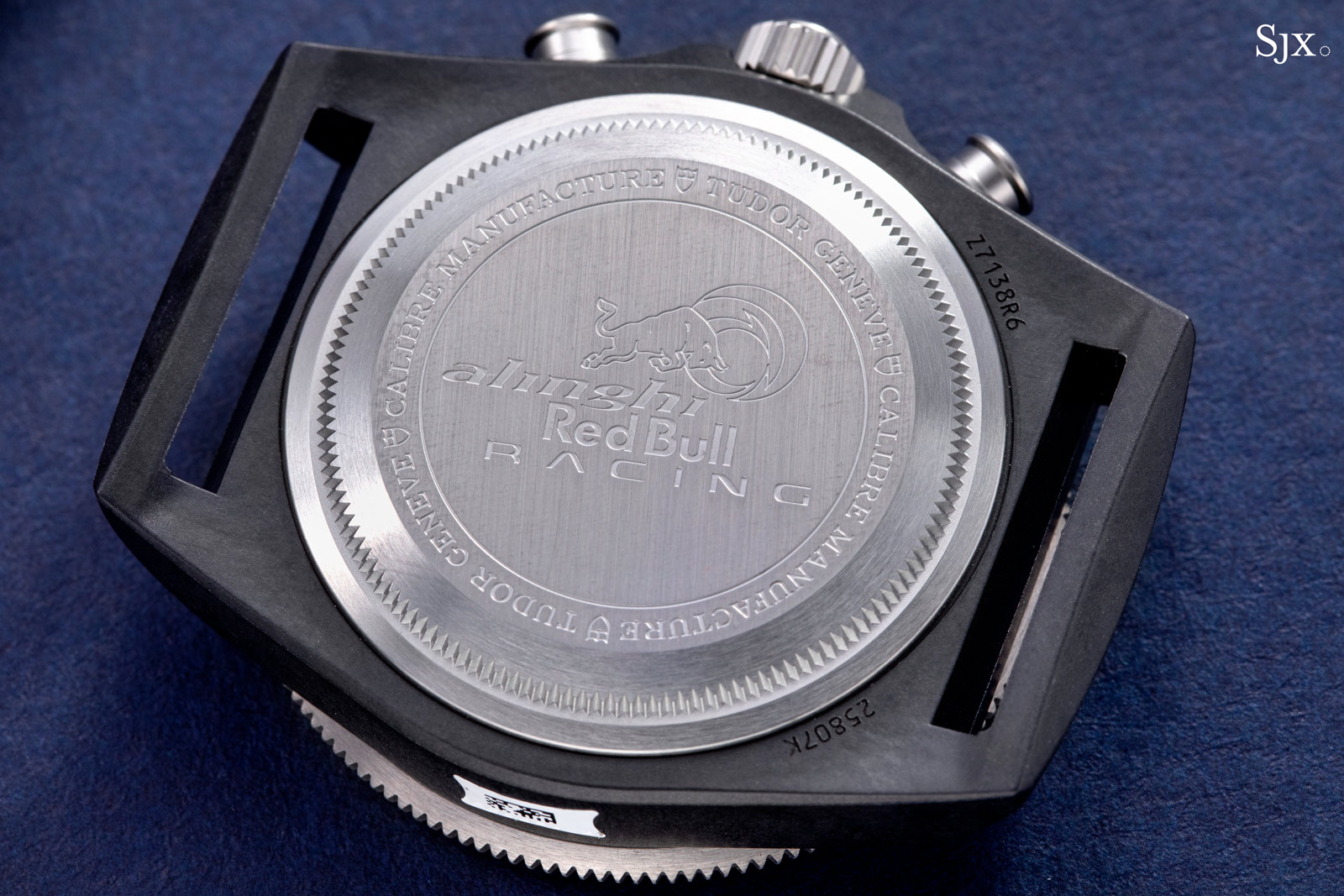
The screw-down back is engraved with the sailing syndicate’s emblem
The use of steel gives the watches a surprising weight in hand. This tactile quality will appeal to anyone who feels lightweight carbon-cased watches feel toy-like. Neither is heavy by any measure, but heavier than expected for a carbon composite case due to the steel parts.
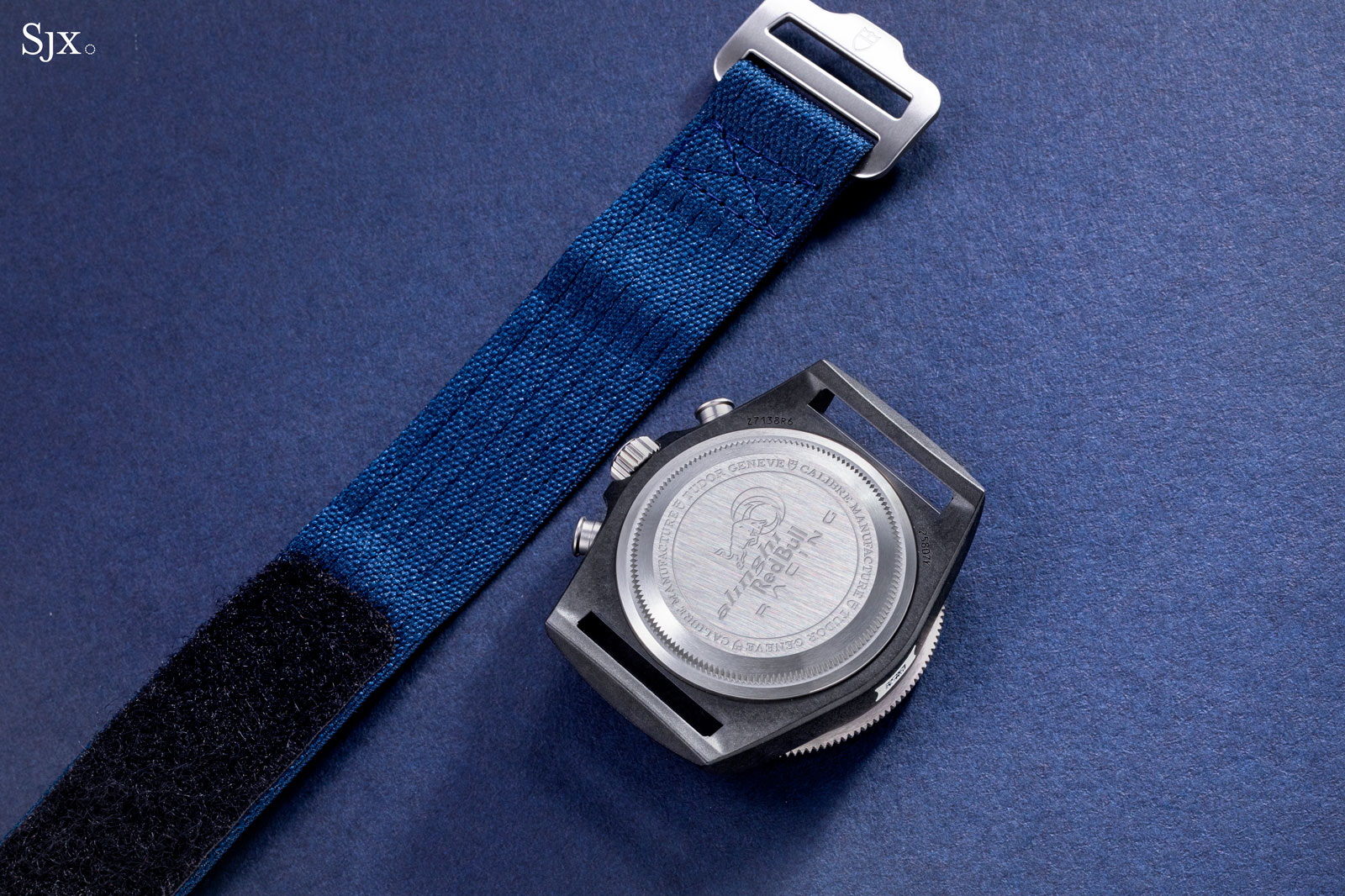
Because of the fixed bars, the watches are delivered on the same one-piece fabric strap with a velcro closure
High-tech plastic
Though the construction sets this apart from the typical all-metal Tudor case, the carbon composite case has the same design and details. This includes the bevelling along the lugs and chamfered edges of the fixed bar for the strap. These details are notable since carbon composite cases for watches in this price range are typically simpler in form since the manufacturing process is essentially a combination of baking and moulding.
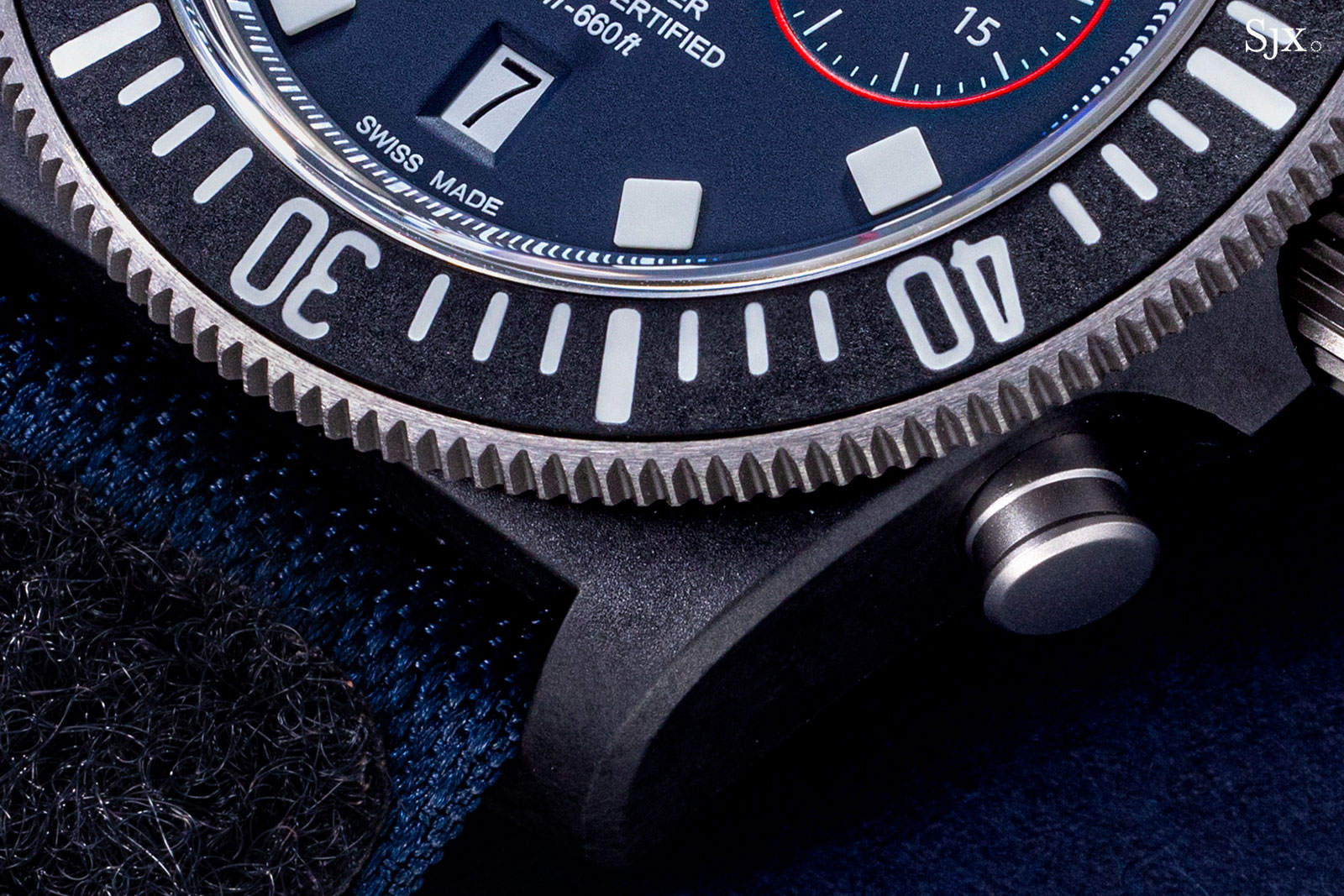
The carbon composite reveals no discernible surface pattern at arm’s length, so some faint marbling is visible up close. This contrasts with the composites typically used for watch cases that show off striking layered or marbled patterns. Such patterns have no functional purpose except to confirm that the case is indeed carbon composite.
This might disappoint anyone looking for a case that looks like carbon composite, but as it is the case has a low-key functional appeal.
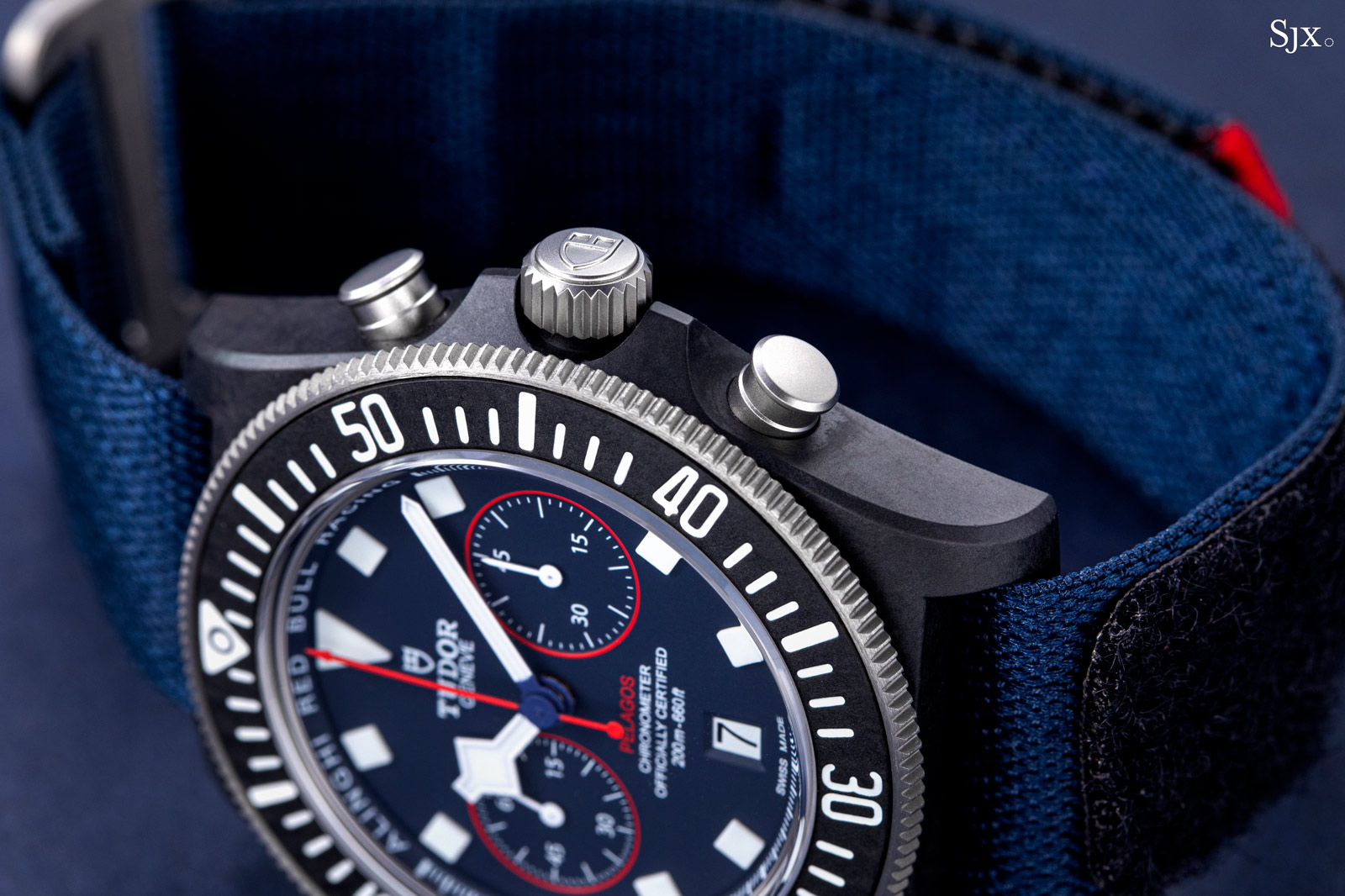
Stock Tudor
In terms of design, the two watches stick to the Pelagos FXD template with “snowflake” hands and so on. It’s a recognisable design that needs no improvement.
The colours of the watch are taken from the Alinghi itself, which includes black sails, a dark blue hull, and lots of red since for the logos of Tudor and Red Bull. While the colours are logical, I would have preferred a black dial with blue and red accents. The blue-and-black combination is unusual and takes some getting used to. It looks good enough, but I would prefer a no-frills black dial, despite it being boring and conventional.
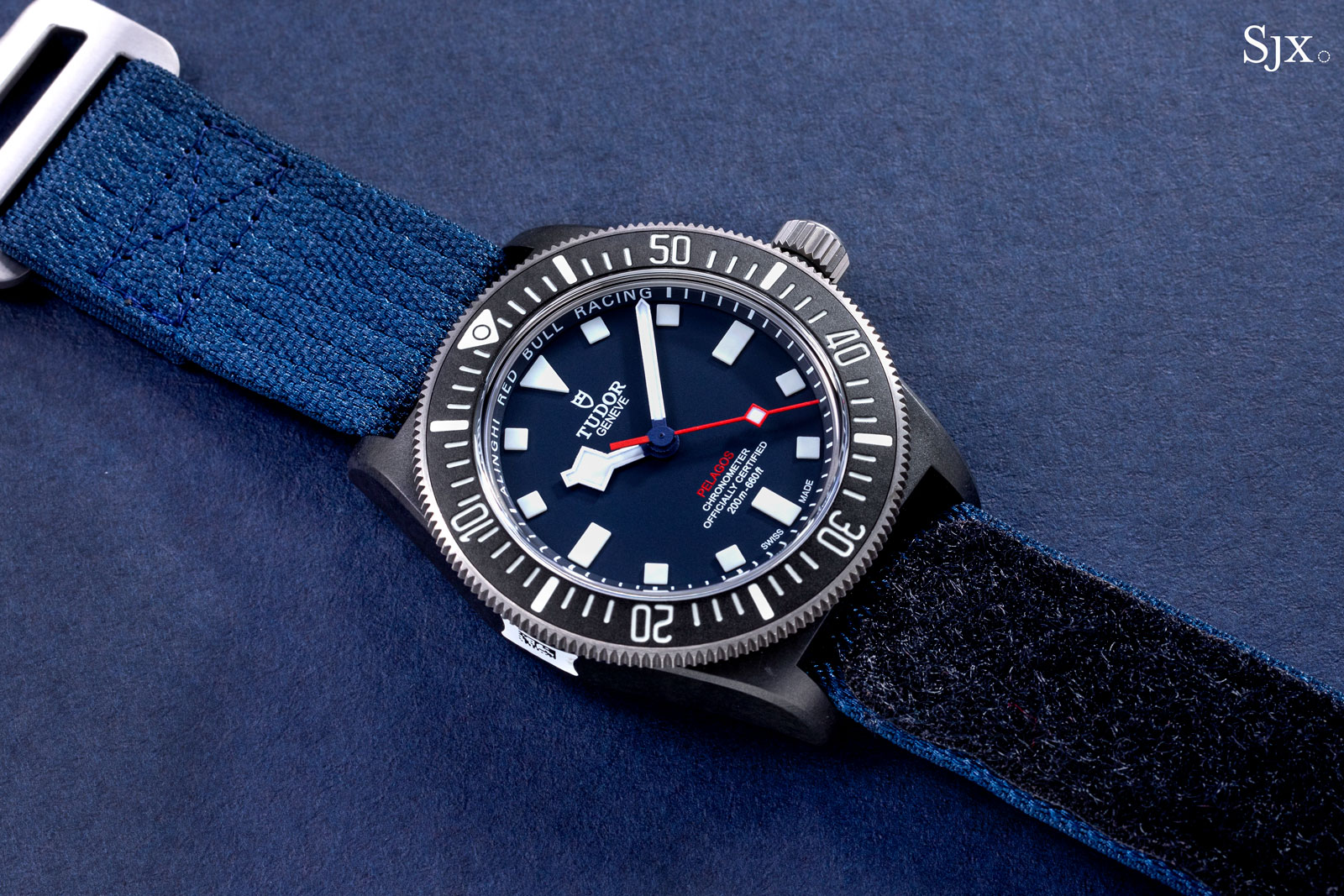
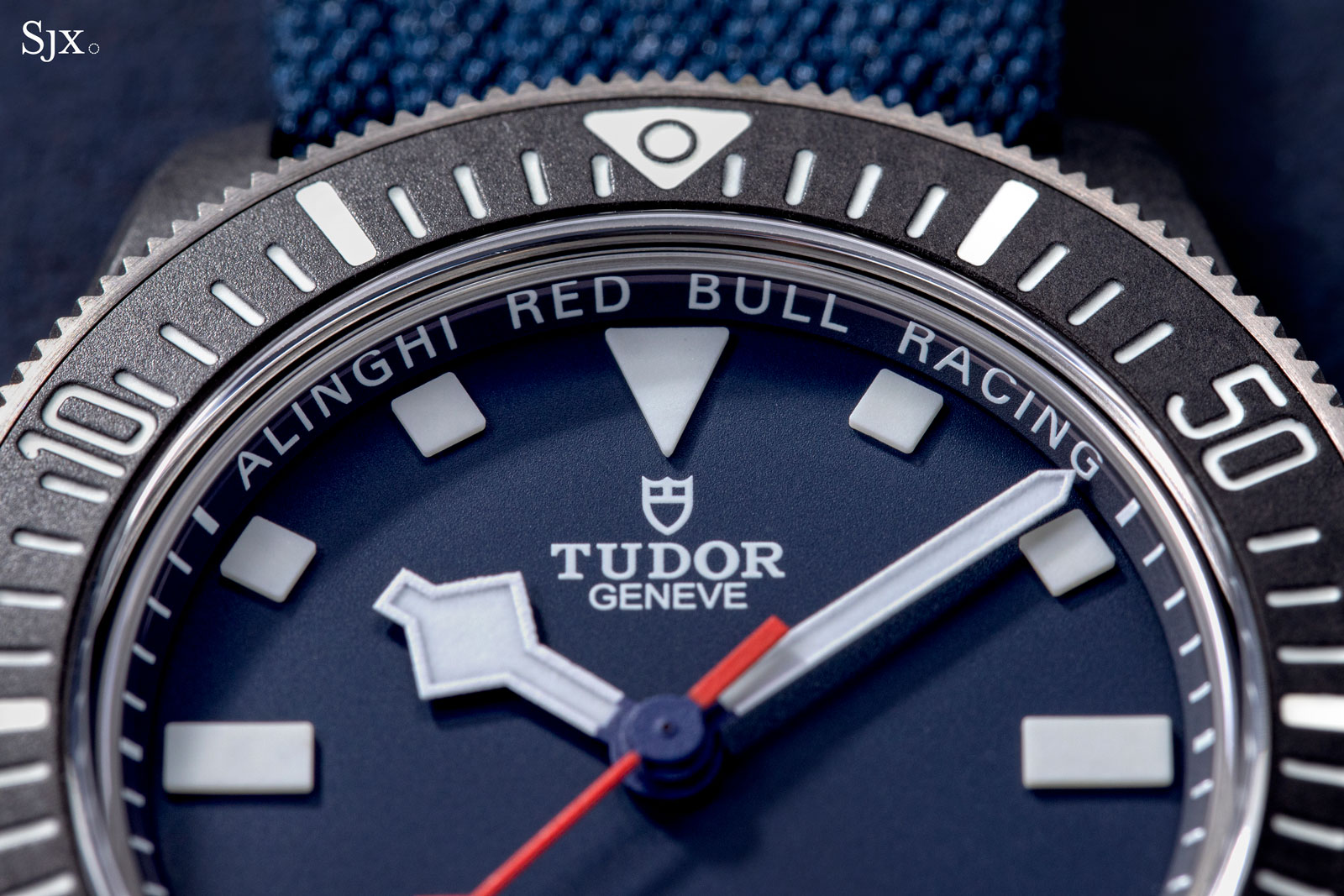
And the FXD Chrono has a date, which actually looks good in place since it substitutes the oblong six o’clock marker. However, it looks out of place from a functional perspective, especially since the time-only FXD doesn’t have a date.
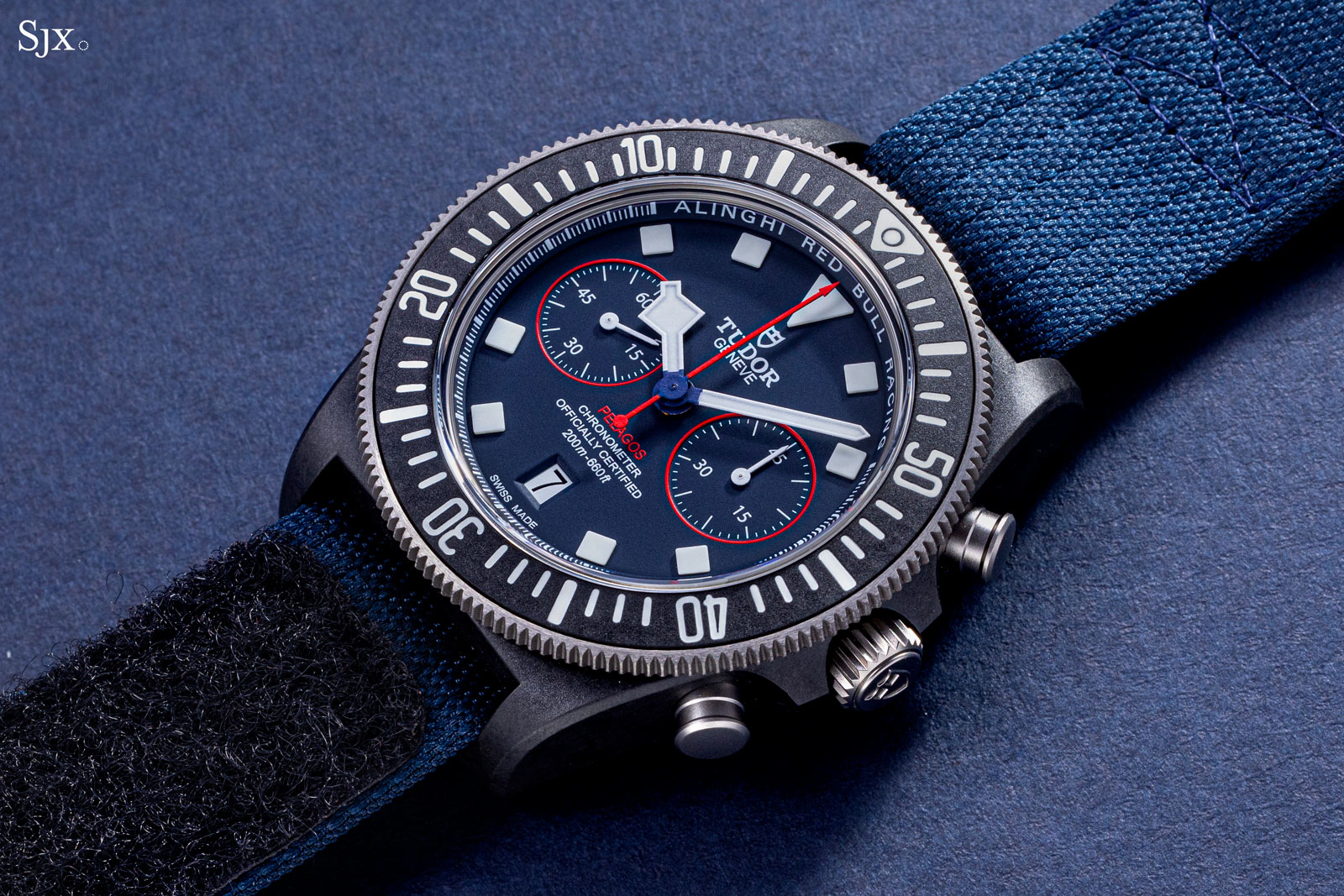
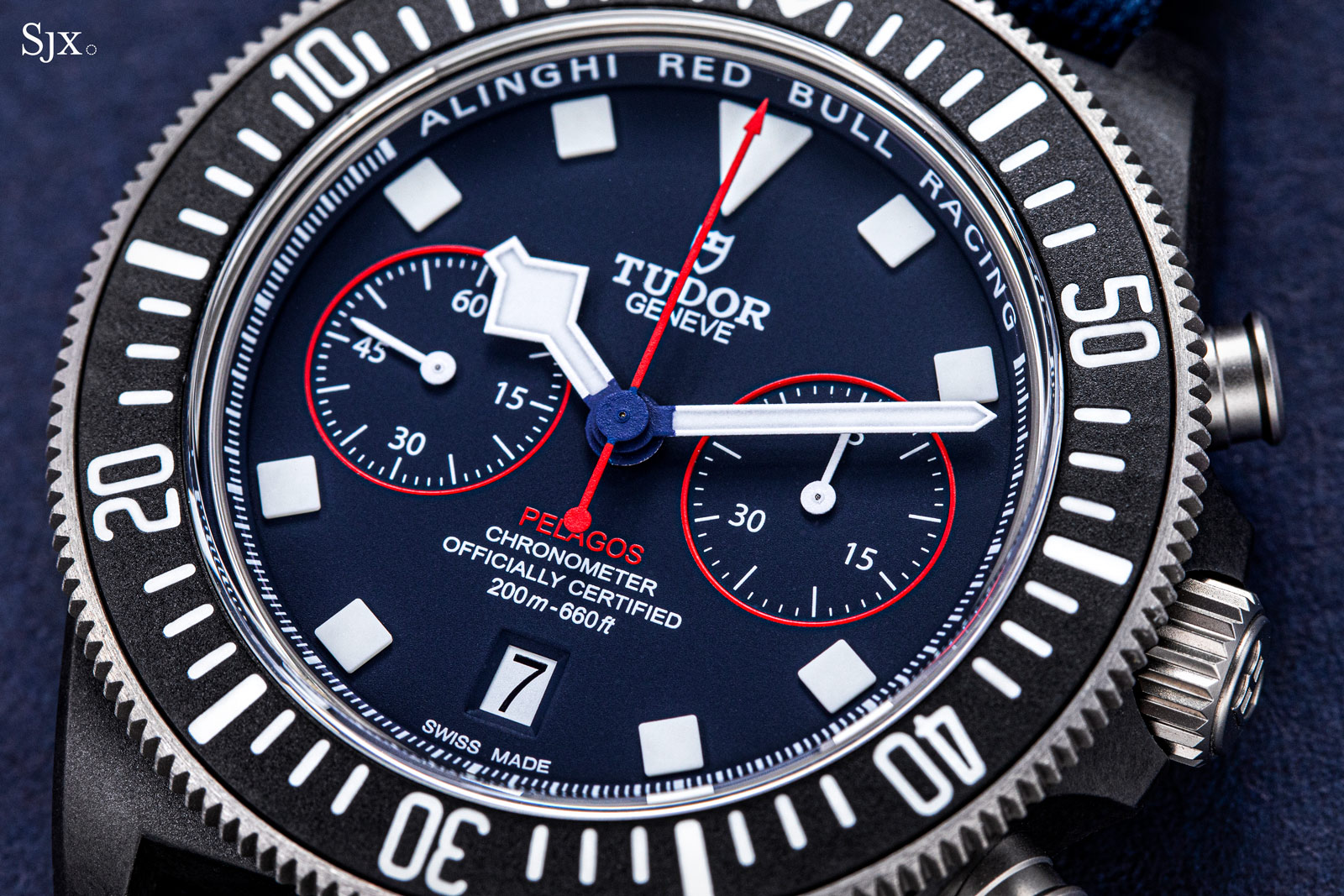
In terms of mechanics, I have nothing to critique. Based on my experience with Tudor watches equipped with the same movements, the two will be strong performers in terms of timekeeping.
Both watches are equipped with calibres assembled at its expansive and new factory. The movements boasts all of the features that define Tudor’s own calibres, including a three-day power reserve, silicon hairspring, and free-sprung balance.
While the MT5602 inside the time-only FXD is an in-house movement developed by Tudor’s manufacture, the MT5613 is based on the architecture of the Breitling B01, a sophisticated movement that shares significant similarities in terms of conception with the Rolex Daytona’s cal. 4130. The movement construction, however, has been modified by Tudor and is assembled in the brand’s factory.
Key facts and price
Tudor Pelagos FXD “Alinghi Red Bull Racing Edition”
Ref. M25707KN-0001
Diameter: 42 mm
Height: 12.75 mm
Material: Carbon composite case with case back in steel, bezel and crown in titanium
Crystal: Sapphire
Water resistance: 200 m
Movement: MT5602
Functions: Hours, minutes, and seconds
Winding: Automatic
Frequency: 28,800 vibrations per hour (4 Hz)
Power reserve: 70 hours
Strap: Fabric strap with Velcro closure
Limited edition: No
Availability: Now at Tudor boutiques and retailers
Price: US$3,675; or 5,130 Singapore dollars
Tudor Pelagos FXD Chrono “Alinghi Red Bull Racing Edition”
Ref. 25807KN-0001
Diameter: 43 mm
Height: 13.6 mm
Material: Carbon composite case with case back in steel, bezel and crown in titanium
Crystal: Sapphire
Water resistance: 200 m
Movement: MT5613
Functions: Hours, minutes, seconds, date, and chronograph
Winding: Automatic
Frequency: 28,800 vibrations per hour (4 Hz)
Power reserve: 70 hours
Strap: Fabric strap with Velcro closure
Limited edition: No
Availability: Now at Tudor boutiques and retailers
Price: US$5,075; or 7,080 Singapore dollars
For more, visit Tudorwatch.com.
Back to top.

